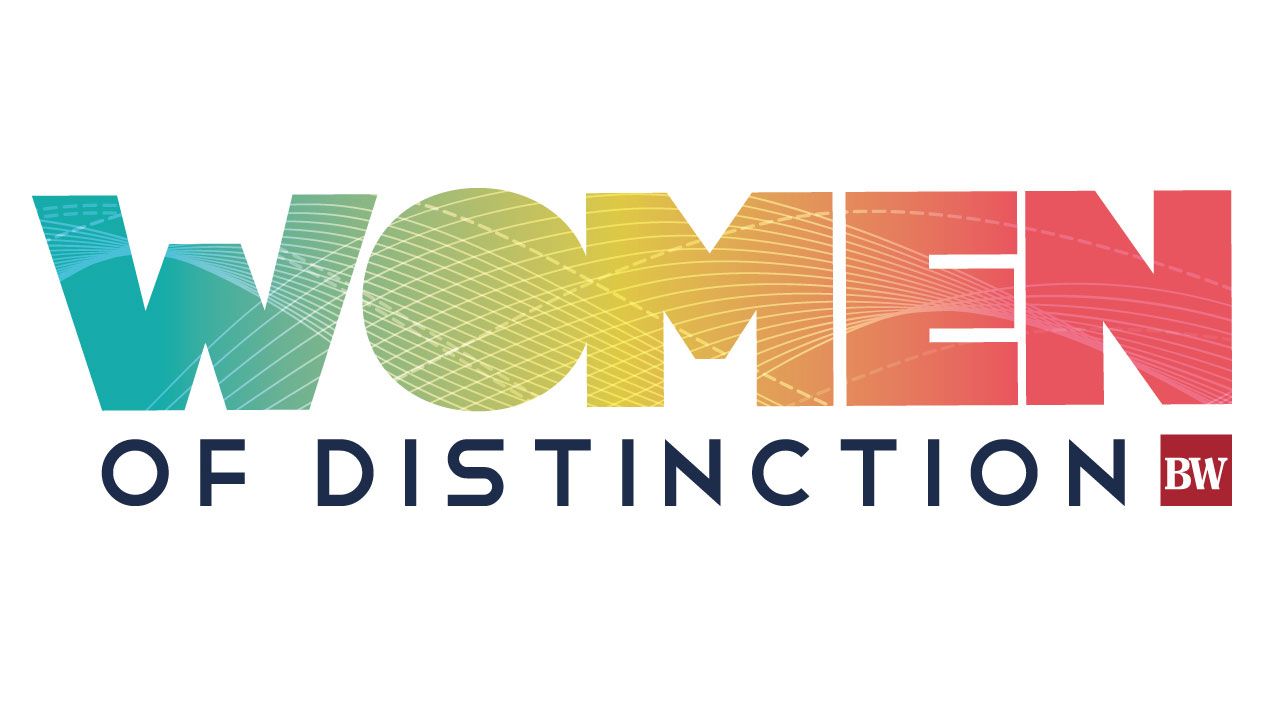Dierschow: Building back better, starting with employees
You see the signs over town of companies desperate for new employees. But this isn’t because there are no good workers.
But you might want to notice which businesses are doing just fine with their workforces. They’re retaining great people and attracting new ones at a comfortable rate. You just don’t hear about them because they’re getting back to delivering great value for customers.
What’s the difference?
The answer comes through thinking about employees like you think about individual customers. You often ask questions like:
• How do I create the right kind of experience for this person — before, during and after their purchase?
• What causes THIS customer to say “yes”?
• What are the key factors that will cause them to come back for more?
• What will help them recommend us to their friends and associates?
At a higher level, you’ll also try to understand the larger dynamics of the industry and your customer base. How are customer needs changing? Why are you different from your competition? What needs are going unaddressed? What characterizes a great customer?
You can apply this same kind of thinking to attracting and retaining the best employees. If you think about it, they’re a kind of “customer” in a sense: You’re selling them income and a fulfilling job in exchange for their time, energy and dedication.
It’s quite likely that the needs of your employees have shifted in the last year. Many people have adjusted their lifestyle, redesigned their family structure, and examined why they were previously working so hard. And a number have concluded that they don’t want to be tied so much to the jobs, organizations and pay levels of 2019.
This is the right time to redesign the “product” you’re selling to those employees. The market needs have shifted, but are not yet stable. We do know that for many workers the answer lies with more flexibility around work hours and location, new technology tools, fairer pay, and better relationships with their bosses.
In many ways, this last one can be the most important. When you fix that, it might redesign the entire culture of your organization.
We know that one’s direct supervisor or manager is the face of the employer, and is the primary factor in whether work is a joy or a drudgery. They communicate whether the work is valuable and important, and whether you are rewarded and recognized for doing good work. They are the key influence in whether someone enjoys their co-workers and feels like that the company is fair. They’re responsible for feedback that is timely and useful.
A great job doesn’t always need to be “fun.” But there need to be elements of enjoyment — friendships, challenges, rewards, and support. Sure, you have limits for how much you can afford in pay and benefits. But much about engagement doesn’t actually cost much in hard dollars; it’s about having the right attitude and culture.
Let’s take another example: flexibility in work hours and locations. For some companies, that’s driven by the need to be physically present for customers, or to access tools in a specific location. But many jobs can now be done with much greater flexibility, as we’ve proven over the past year.
If you’re demanding that people return to the office for the bulk of their time, I would do some serious soul-searching around the needs that are driving your decision.
Employees need to communicate easily with each other? We have great tools for that.
Managers might not know if employees are goofing off? Work on measuring results rather than time in the office.
You worry about information security? Many companies have developed tools for secure work from home.
Now’s the time to examine how the “market needs” of employees have changed. Because you can build back as a more powerful and successful company when you do.
Carl Dierschow is a Small Fish Business Coach based in Fort Collins, specializing in companies committed to improving society and the world. His website is www.smallfish.us.
You see the signs over town of companies desperate for new employees. But this isn’t because there are no good workers.
But you might want to notice which businesses are doing just fine with their workforces. They’re retaining great people and attracting new ones at a comfortable rate. You just don’t hear about them because they’re getting back to delivering great value for customers.
What’s the difference?
The answer comes through thinking about employees like you think about individual customers. You often ask questions like:
• How do I create the right kind of experience for this person — before, during and after their…

